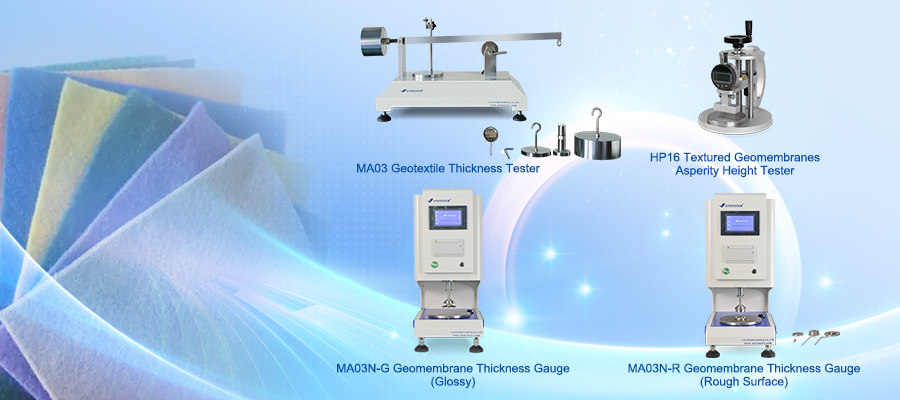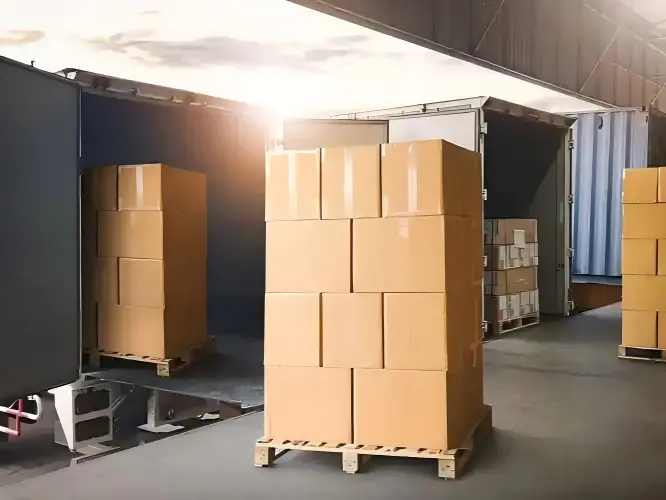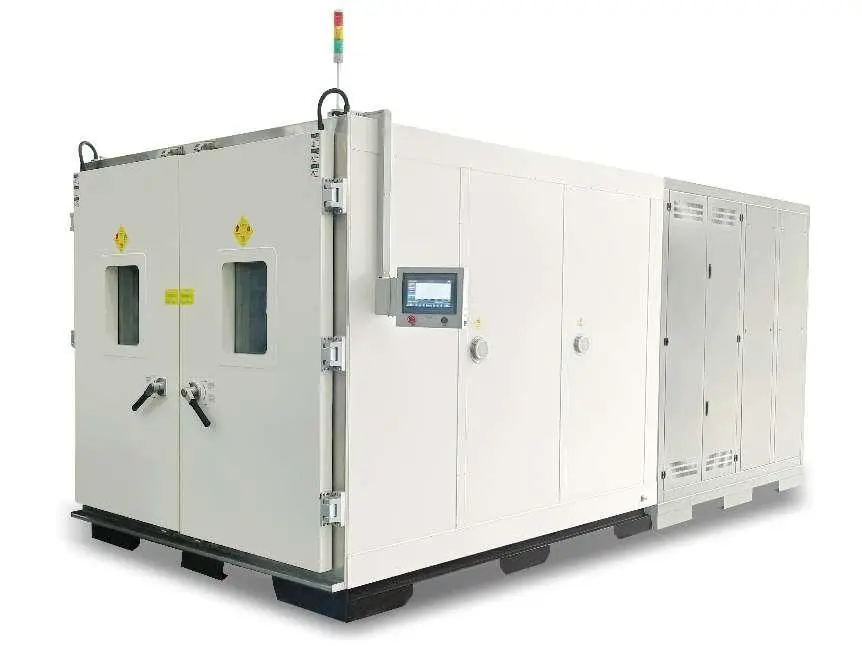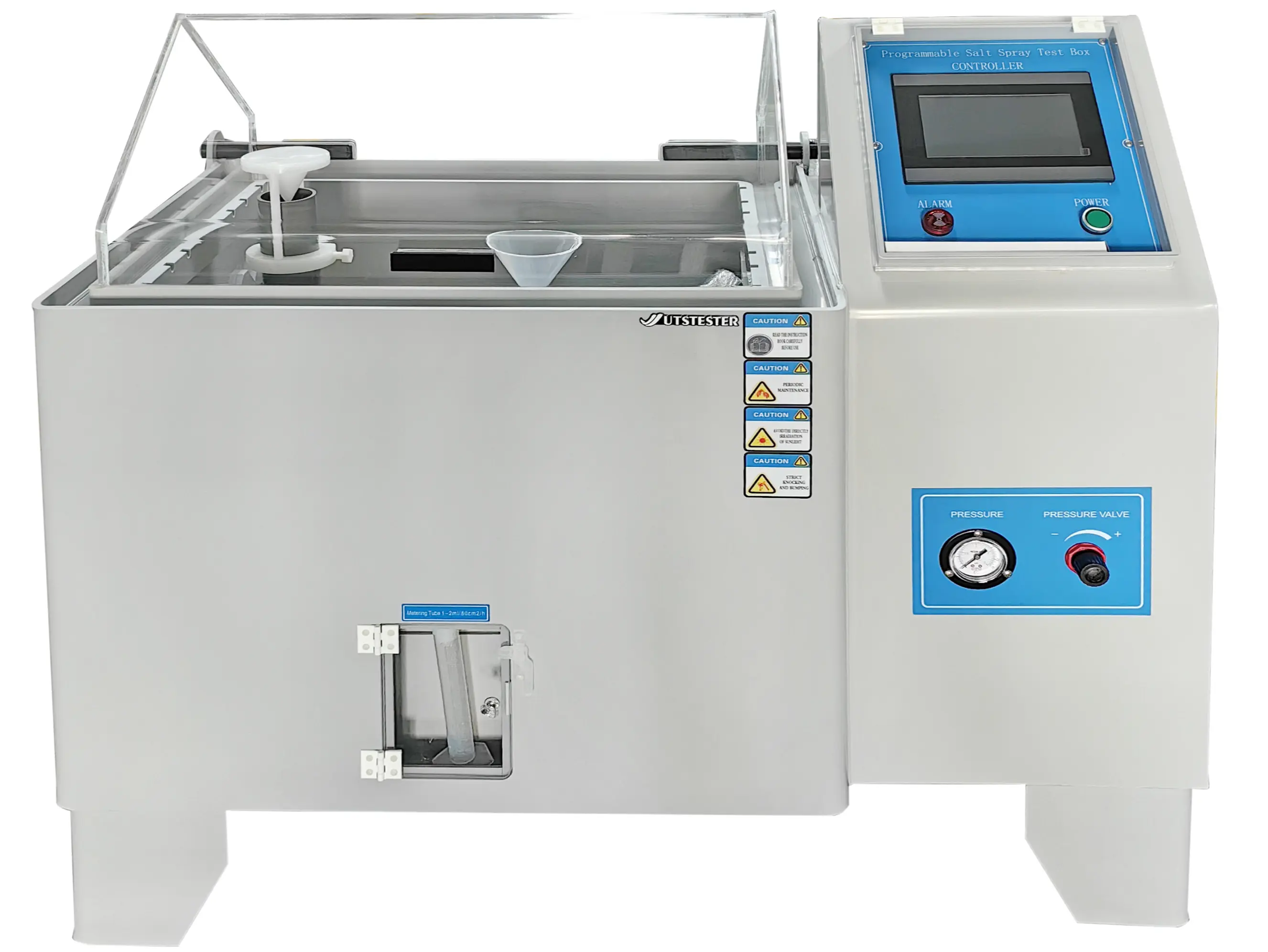What are the methods for testing the thickness of geotextiles and geosynthetics?
2025-03-27
Thickness is one of the basic physical properties used to control the quality of many geosynthetics. Thickness values may be required when calculating certain properties of geosynthetics, such as permeability and tensile stress.
Common methods for testing the thickness of geotextiles and geosynthetics include the following, each applicable to different scenarios and material properties:
1. Mechanical Thickness Measurement (Contact Pressure Measurement): Thickness is measured using a thickness gauge (e.g., micrometer or electronic thickness gauge) that directly contacts the surface of the material at a specific pressure.
Applicable standards:
ASTM D5199: Specifies the measurement of the thickness of geosynthetics at a pressure of 2 kPa or 20 kPa.
ISO 9863: Similar to ASTM for geotextiles and geomembranes.
2. Optical Thickness Measurement (non-contact): Measurement of the distance from the surface of the material to the substrate using a laser displacement sensor or an optical microscope.
Applicable scenarios: materials with complex surface texture or easily deformed; thickness monitoring on fast production lines.
Advantages: Non-contact, avoiding compression errors caused by pressure.
Disadvantage: May not be sensitive to dark or highly reflective surfaces.
3. Compression recovery test: Evaluates the ability of a material to recover its thickness after being subjected to compression (e.g. for drainage material design).
Method: Apply a specific pressure (e.g. 200 kPa) and hold for a certain period of time, then measure the thickness recovery after the pressure is removed.
Related standard: ASTM D6576 (Geotextile Compression Test).
4. Microscopic method (microstructure analysis): Use scanning electron microscope (SEM) or optical microscope to observe the cross-section of the material.
Applicable scenarios: study of fiber distribution or microscopic thickness uniformity.
Steps: Samples are cut, coated, magnified and measured.
5. Ultrasonic Thickness Measurement: The thickness is calculated by emitting sound waves through an ultrasonic probe and measuring the time difference between the reflection of the sound waves in the material.
Applicable scenarios: multi-layer composite materials or thicker geomembranes; rapid on-site inspection (without destroying the sample).
Caution: Calibration of the material speed of sound is required. May not be suitable for porous or loose structures (e.g. non-woven geotextiles).
Mechanical thickness measurement is preferred for general geotextile thickness measurements.
Procedure: Place the sample flat on a reference plate, apply a standard pressure (e.g. 2 kPa for non-woven fabrics, 20 kPa for highly compressed materials) and record the gauge reading.
Note: Multiple point measurements (usually at least 10 points) are required to avoid localized inhomogeneities; samples need to be pre-treated at standard temperature and humidity (e.g. ASTM D1776).







 Home
Home











